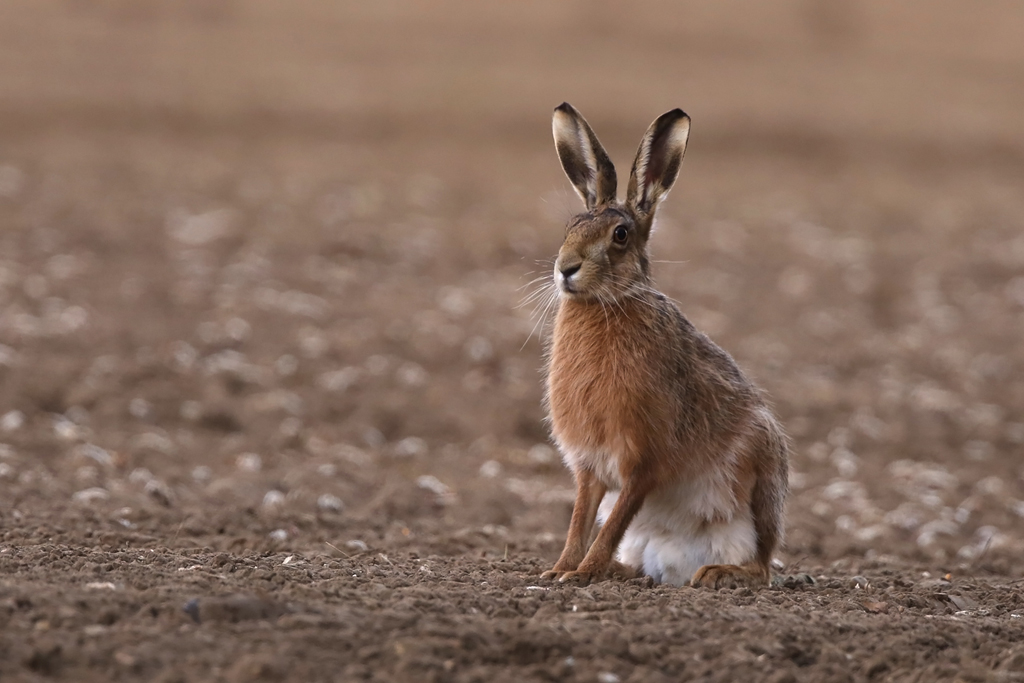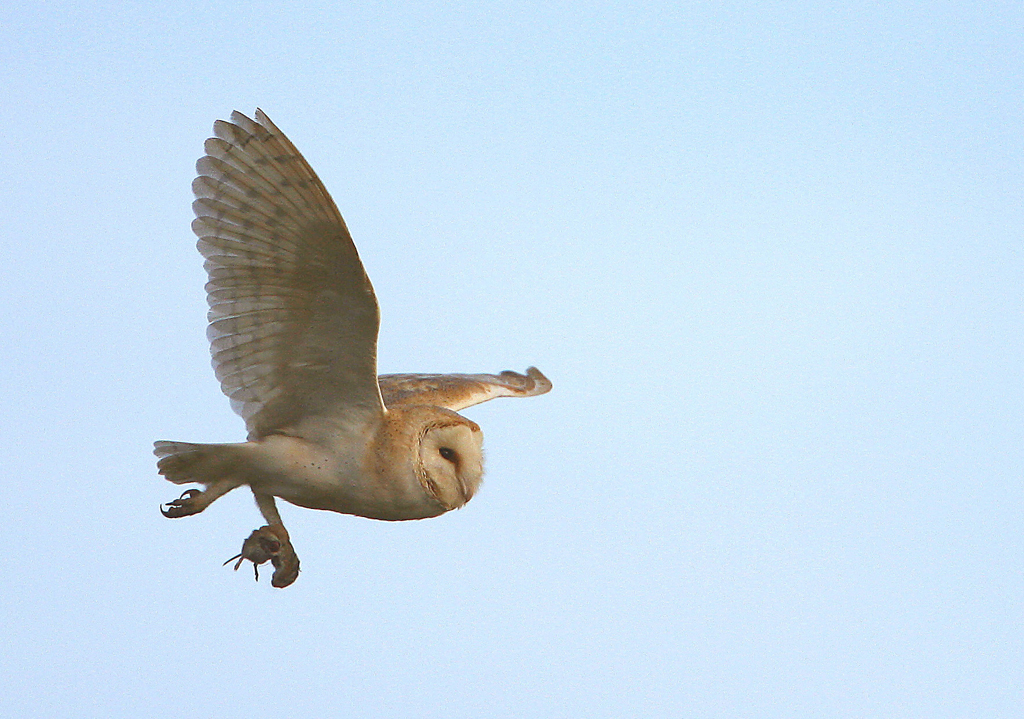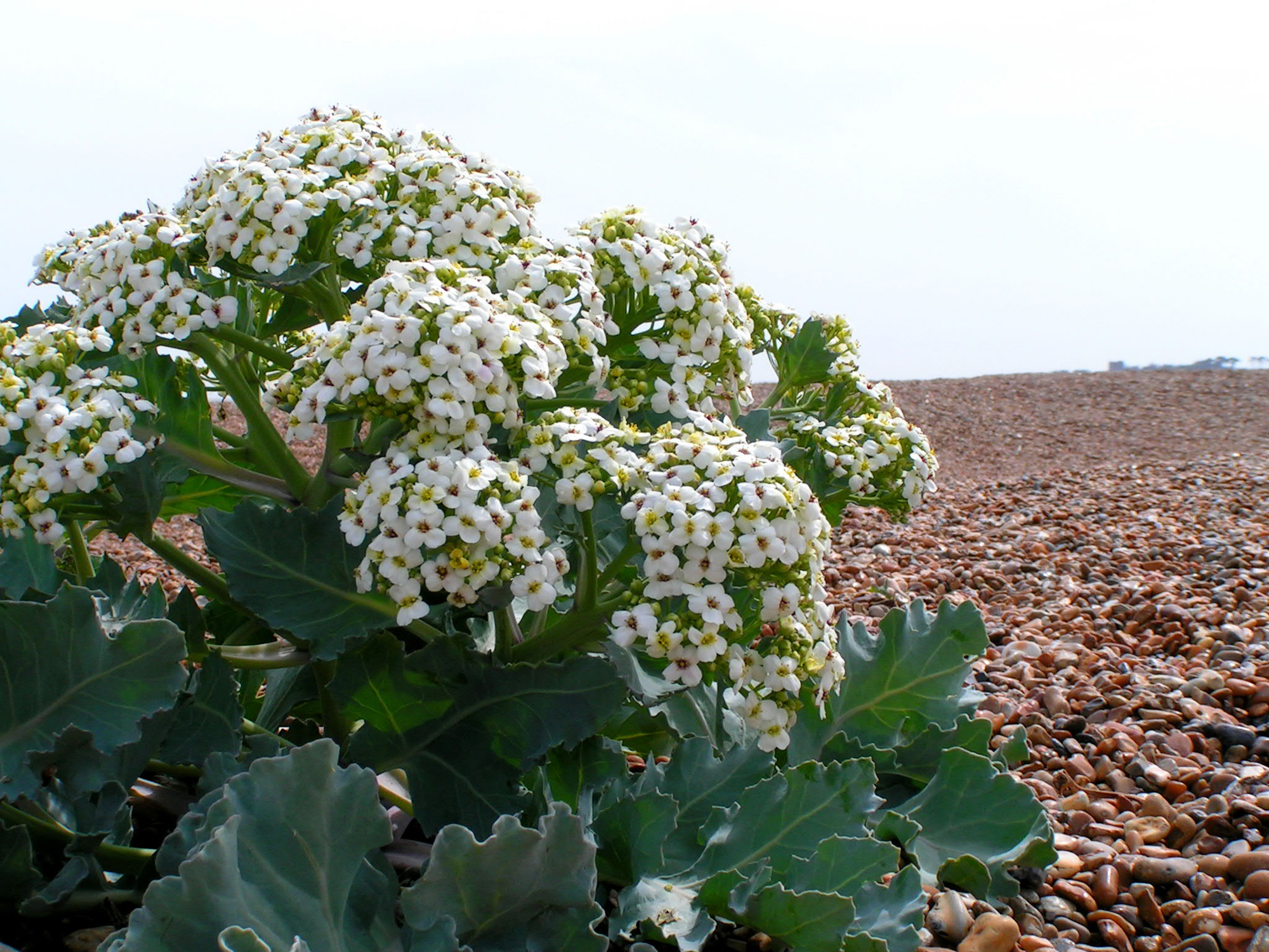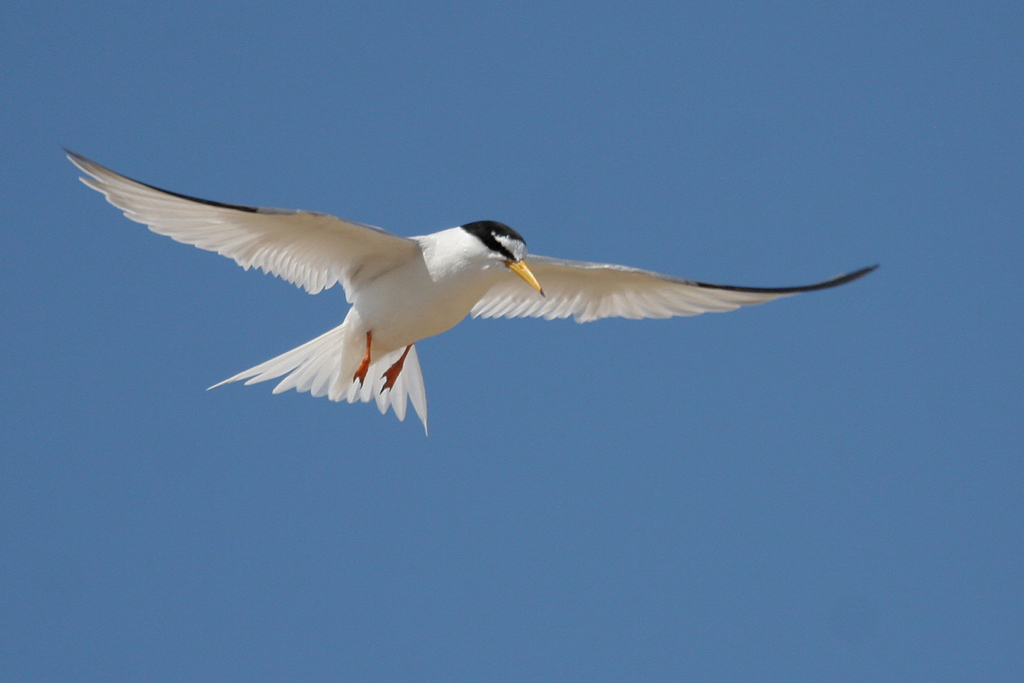Village Voices Nature Note: A Sudden Beauty
01 Jul 2020
I have to start with a confession. This month's 'Nature Note' comes not from Shingle Street but from the west of the county. We happened to be here when the music stopped in March and we thought it safer to stay put. But I've been walking out every day, trying to notice things just the same, and I've been making comparisons all the time with the succession of flowers and birds I know have been appearing on the coast too in this remarkable spring - remarkable both for its extraordinary weather and the worldwide pandemic (respectively the best and worst of their kind in my lifetime). A poignant conjunction that has highlighted for many people the beauty of the natural world we are fortunate enough to have enjoyed as a solace.
I came across one quite unexpected delight the other day. I was walking on a grassy footpath - in fact an early section of the same Suffolk Way that runs past our house in Shingle Street - when right in the middle of the track I saw a most striking plant. It had a shortish straight stalk with a rosette of leaves at the base and two more clasping the stalk higher up like a sheath. The flower blooming on top was a remarkable confection of sculpted blooms, looking for all the world like a bee. It was a bee orchid, not as rare as its exotic appearance would suggest, and surprising in its choice of quite banal settings, often railway sidings, spoil heaps and waste ground, anywhere there has disturbed chalky ground.
The Shingle Street ones, which re-appear most but not quite all years, thrive in a heap of 'foreign' soil imported to repair a sea-wall breach in the Great Flood of 1953.
This fantastical flower evolved to mimic a bee as a cunning device to persuade male bees to alight on the fake female and so pollinate the plant.
I came across one quite unexpected delight the other day. I was walking on a grassy footpath - in fact an early section of the same Suffolk Way that runs past our house in Shingle Street - when right in the middle of the track I saw a most striking plant. It had a shortish straight stalk with a rosette of leaves at the base and two more clasping the stalk higher up like a sheath. The flower blooming on top was a remarkable confection of sculpted blooms, looking for all the world like a bee. It was a bee orchid, not as rare as its exotic appearance would suggest, and surprising in its choice of quite banal settings, often railway sidings, spoil heaps and waste ground, anywhere there has disturbed chalky ground.
The Shingle Street ones, which re-appear most but not quite all years, thrive in a heap of 'foreign' soil imported to repair a sea-wall breach in the Great Flood of 1953.
This fantastical flower evolved to mimic a bee as a cunning device to persuade male bees to alight on the fake female and so pollinate the plant.
Jeremy Mynott








